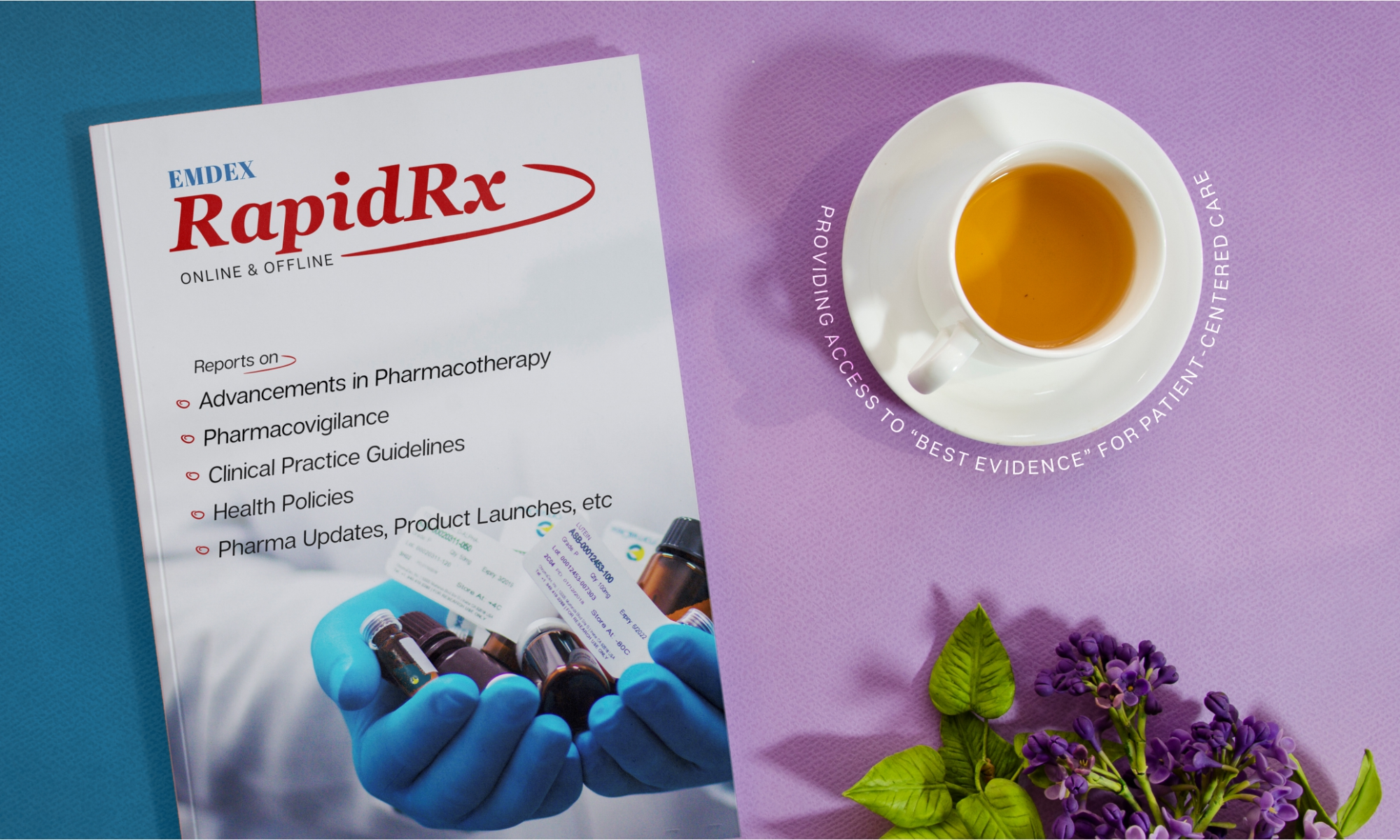Dengue fever is caused by the dengue virus and borne by the Aedes mosquito. The disease is now endemic in over 100 countries, according to the World Health Organization, but is still most common in Southeast Asian and countries in the Western Pacific. The virus causes flu-like symptoms that generally resolve on their own with supportive care but severe cases require further management and possibly hospitalization. Primary care doctors are frequently the first point of contact for people with dengue fever.
Dengue fever is a mosquito borne infection caused by the dengue virus, the most common mosquito borne viral infection in the world. We no longer talk about dengue as a disease affecting Asian countries – at least half of the world population is at risk for dengue because of where they live and their exposure to the virus from mosquitoes bites.
Since 2013, the total number of dengue cases recorded in Singapore has remained high at more than 10,000 cases annually. This is likely the result of a combination of factors such as high mosquito population, warmer weather, increasing urban density and low herd immunity in the Singapore local resident population.
Primary care doctors probably play the biggest role in identifying and caring for patients with dengue fever. Most of the time patients will go to their family doctor to seek medical advice first, as the symptoms of early dengue infection cannot be differentiated from other viral illnesses. If dengue is suspected, nonsteroidal anti-inflammatory drugs (NSAIDS) and intramuscular injections should be avoided due to the risk of bleeding. The family physician should monitor the patient regularly throughout the course of illness. If the doctor is concerned that the patient may be at risk for severe dengue, the doctor should then refer the patient to hospital for further medical evaluation.

Dengue fever: running the course
Dengue fever is a self-limiting illness. Once a person is bitten by a virus-carrying mosquito he/she will come down with flu-like symptoms after an incubation period of 3-7 days. The patient may experience high fever, body aches and pains, loss of appetite and, in some cases, nausea and vomiting. Most patients will recover from the infection after about a week of illness.
One of the hallmarks of dengue fever occurs around day 4-5 of illness – the fever begins to improve but the blood platelet count starts to fall. This might cause patients to present with petechial rashes, which are small capillary bleeds just under the skin that look like small red dots. They are harmless but can be alarming and usually send patients back to the doctor who, under suspicion of dengue fever, would refer the patient to a hospital or polyclinic for a blood test.
Depending on how low the platelet levels are, and if the patient is otherwise well (if they are young, healthy, and able to drink sufficient fluids), they can be sent home and instructed to rest. Polyclinic doctors can continue to monitor the patient without referring to a hospital.
However, if the platelets are low and the patient is unwell, has poor appetite, is not able to drink sufficient fluids, or if there is a worry of dengue complications that may result in severe dengue, doctors may refer the patient to hospital for further management.
Plasma leaks and bleeding
The most important thing about dengue virus is its ability to cause severe disease. It is not well understood how the virus interacts with the cell lining of blood vessels but in severe dengue, plasma leaks into the surrounding tissues and accumulates. Fluid can accumulate in the lungs as well, resulting in hypotension and shock if the person does not receive fluid resuscitation in time.
The other feared complication is bleeding. Bleeding can occur in the gut, gums, urinary tract and brain. Women may also experience heavy menstrual bleeds.
Patients over 65 years, those with other medical conditions such as diabetes, pregnant women, and young children may be at risk for more severe forms of dengue infection. However, who is at risk for bleeding is not well understood.
Some other clues that a patient might be experiencing severe dengue include restlessness, abdominal pain, persistent vomiting, and bleeding of the gums or blood in the vomitus or stool. These are important symptoms for a primary care doctor to look out for to decide if a patient can be sent home to rest or come to hospital attention. If in doubt, medical practitioners should refer the patient to the hospital for further assessment.
No “magic bullet” for dengue
There is no curative treatment for dengue infection. Rather, medications are given to alleviate the signs and symptoms. Aspirin should not be given to patients. It can cause severe bleeding. Paracetamol are usually prescribed to relieve fever, muscle and joint aches, and headache. Bed rest is essential and the patient should consume plenty of water which will help to alleviate the illness.
In general, dengue fever is self-limiting. Death rarely occurs in severe cases and most well developed countries have trained medical personnel and proper care facilities to manage severe disease. The fatality rate is less than 1 percent in such countries.
Theoretically, a person may contract dengue fever four times as there are four different serotypes of virus. It is not uncommon to get dengue fever at least twice in a lifetime for people living in endemic areas. However, patients cannot fall ill with the same serotype twice as they will have developed antibodies against that serotype.
Evaluation of the usefulness of the Sanofi Pasteur dengue vaccine is ongoing. It is currently not approved for use in Singapore. The vaccine was found to be safe and among individuals aged 9 years and older, efficacy was higher than in younger children with an overall efficacy against any of the four serotypes of 60 percent.
Conclusion
Dengue fever is the most common mosquito borne viral infection worldwide. Most of the time, it is a self-limiting illness though its presentation cannot be differentiated from other viral illnesses. Severe dengue can occur in a subgroup of patients at high risk and is characterized by plasma leakage and/or bleeding. It is important to recognize the symptoms of severe disease early so that patients can be referred for proper medical care at the critical stages of illness to prevent complications and death.






